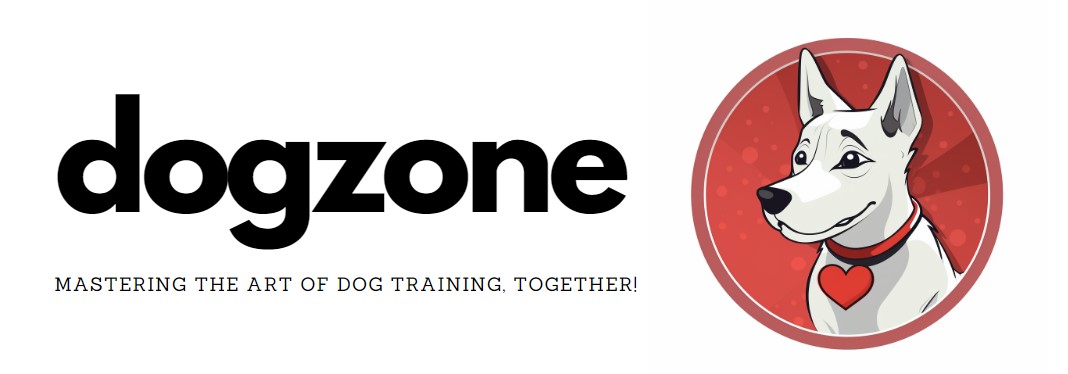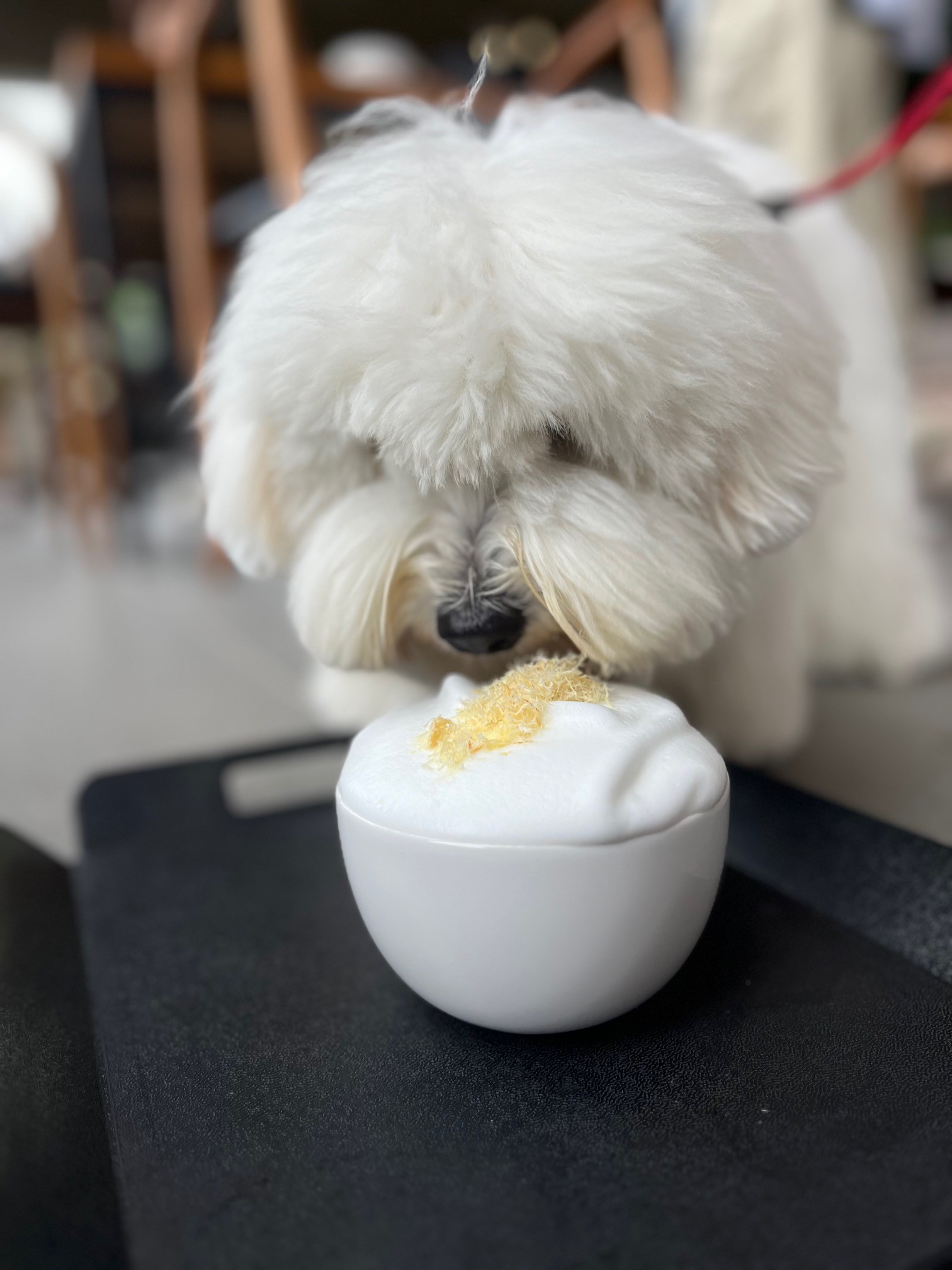Part of: The Most Common Dog Problems.
The symptoms of separation anxiety include:
- Barking/howling when left
- Destructive behaviour – chewing/scratching objects or furniture
- Inappropriate toileting
- Self-mutilation or chewing
You love your dog, and she loves you – but she needs help. You’re driven to distraction by coming home to find your house and possessions in tatters. Your neighbours are complaining. To help you, your family, your neighbours and most of all your dog …
- COOL IT! Tone down your attention to your dog while you retrain her to be more independent. Make your presence less rewarding.
- Leave her for short periods. You may have to begin by leaving her in another room, and you may have to start with a very short period of time. Return to her BEFORE she starts barking/whimpering/chewing – and reward. Then extend the time by very small increments, until she settles quietly alone for a while.
- Go outside your front door and close it. Return BEFORE the dog starts to exhibit stress symptoms. Extend the time as she gets more tolerant of your absence.
- When you go out, don’t make a fuss of your departure: no good-byes, no “last pats”, no “I won’t be long” – just go.
- Try to vary the way you leave – by different doors, at different times if possible.
- Exercise before you leave for work will help to lower stress levels.
- Try leaving a bone or chewie for the dog – or better still, a stuffed Kong or a ‘Buster cube’, or cat kibble scattered around the garden – things that offer long-term entertainment.
- Reduce sensitivity to departure cues – things like picking up keys, special shoes, etc. Pick them up and put them down … without going anywhere.
- When you return, be pleasant – but not over-gushy! Don’t make a big fuss when you first walk in.
- Don’t punish any damage done in your absence – the dog won’t make a connection between a hat chewed earlier, and your anger now.
Still having problems? Talk to a behavioural trainer who can assess the specific situation: the individual dog, the home, the living patterns of owner and family. In severe cases, drug therapy during behaviour modification may help – but only in consultation with your vet.


Leave a Reply